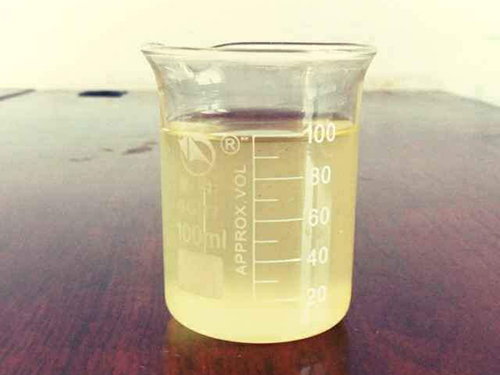polyaluminium chloride ph
Understanding Poly Aluminium Chloride (PAC) and its pH Importance
Poly Aluminium Chloride (PAC) is a widely used chemical compound in water treatment processes, municipal wastewater treatment, and various industrial applications. PAC is a coagulant that plays a pivotal role in purifying water by aggregating suspended particles and promoting their removal. One of the critical factors influencing the effectiveness of PAC is its pH level, which can significantly impact its performance and efficiency.
The Nature of Poly Aluminium Chloride
Poly Aluminium Chloride is a water-soluble, inorganic polymer comprising aluminum ions and chloride ions. It is synthesized by the hydrolysis of aluminum salts in an acidic environment. This unique composition makes PAC an excellent coagulant, as it enhances particle collision rates, leading to more efficient aggregation and sedimentation of impurities from water.
The Role of pH in Water Treatment
pH is a measure of the acidity or alkalinity of a solution, with a neutral pH being 7. The pH scale ranges from 0 to 14, with values below 7 indicating acidity and values above 7 indicating alkalinity. In water treatment, the pH level can influence the solubility and charge of coagulants like PAC, affecting their ability to perform effectively.
For PAC to function optimally, the pH of the water being treated typically needs to be within the range of 5.5 to 8.0. Below this pH range, PAC may not effectively coagulate particles due to the increased solubility of aluminum hydroxides, which means fewer available aluminum ions to facilitate coagulation. On the other hand, if the pH is too high, the formation of precipitates may decrease, leading to inefficient removal of pollutants.
Optimizing pH for Enhanced Performance
polyaluminium chloride ph

Maintaining the proper pH level is crucial for maximizing the performance of PAC in water treatment. Water treatment facilities commonly adjust the pH using acids or bases to ensure it remains within the optimal range. For example, acids like sulfuric acid can be used to lower the pH, while sodium hydroxide can raise it.
The effectiveness of PAC can also be influenced by other factors such as the water's turbidity, temperature, and the presence of organic matter. As such, regular monitoring of these parameters is essential for ensuring that the water treatment process is efficient and meets regulatory compliance requirements.
Benefits of Using PAC
One of the significant advantages of using Poly Aluminium Chloride is its ability to effectively remove a wide range of contaminants, including suspended solids, bacteria, and heavy metals. This can lead to improved water clarity and quality. Additionally, PAC has a lower dosage requirement compared to traditional coagulants like alum, which can reduce operational costs and residue generation.
Another benefit is its versatility; PAC can be used in various applications, including drinking water treatment, industrial water processing, and even in the paper and textile industries. The adaptability of PAC makes it a preferred choice among water treatment operators.
Conclusion
In conclusion, Poly Aluminium Chloride is an essential component in water treatment methodologies, with its effectiveness closely tied to the pH of the water being treated. By maintaining the optimal pH range, water treatment facilities can enhance the performance of PAC, ensuring efficient removal of contaminants and compliance with water quality standards. As environmental concerns continue to grow, the role of effective coagulants like PAC will become even more important in achieving clean, safe, and sustainable water resources for the future.
-
The Power of Isothiazolinones in Modern ApplicationsNewsMay.08,2025
-
Flocculants in Water TreatmentNewsMay.08,2025
-
Flocculants and Chemical Solutions: What You Need to KnowNewsMay.08,2025
-
Flocculants and Chemical Solutions: A Growing IndustryNewsMay.08,2025
-
Essential Chemicals: Polymaleic Anhydride and MoreNewsMay.08,2025
-
Acrylic Polymers: Essential Solutions for IndustryNewsMay.08,2025





